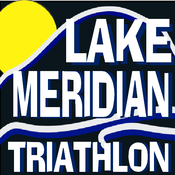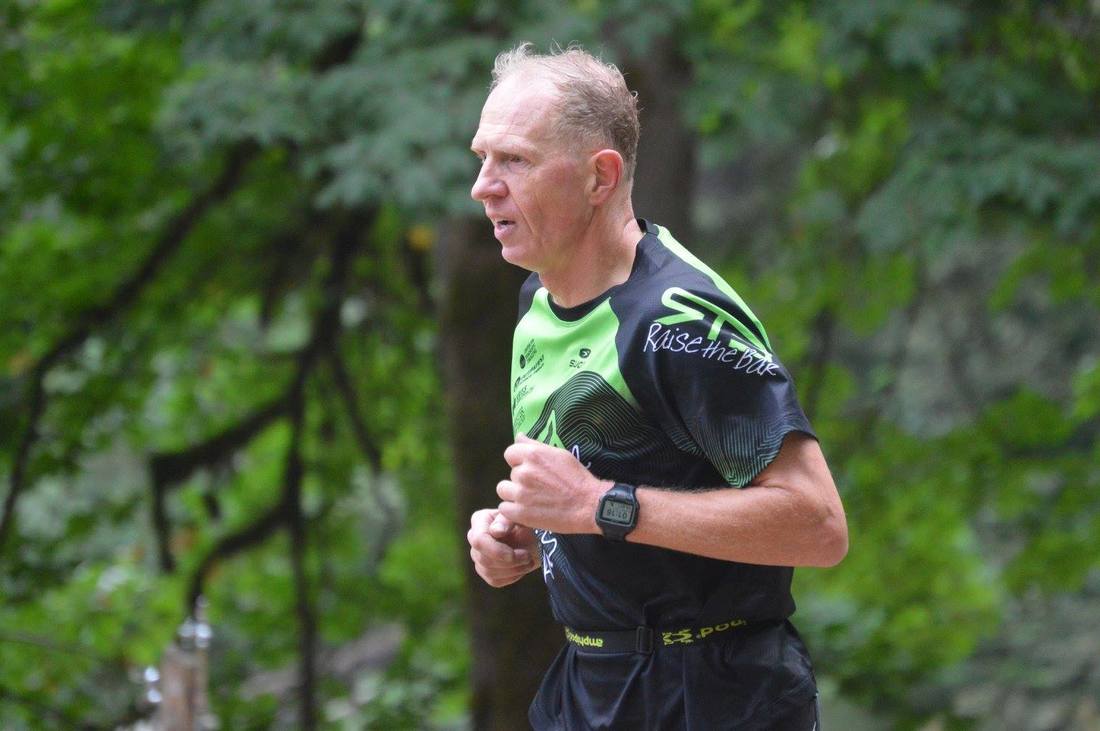 By Holly Pennington, PT, DPT Outpatient Physical Therapy “I know I should stretch before I run; I just don’t have time.” In the clinic, Physical Therapists hear injured athletes regretfully utter versions of this sentiment over and over again. Somehow, stretching has gained a reputation as the way to race faster, recover better and prevent injuries. We seem to believe a solid routine of toe touches and one-legged quad stretches before setting out for the morning run would keep our limbs injury-free and mile paces down. But, who wants to spend precious training minutes hunched over and counting to thirty? So, we set our warm-up visions aside, hope for the best, and feel guilty when calves get tight and knees ache. If you relate, here’s the good news: you can stop feeling guilty right this second. The truth about stretching is that it does not live up to its reputation. Lengthening hamstrings and calves as part of a warm-up routine is a great idea for athletes like gymnasts or dancers who require flexibility in their sport. However, endurance athletes have different needs, so let’s take a look at the role of stretching in triathlon training. First, stretching has no impact on the prevalence of chronic injuries in endurance runners. Despite longstanding beliefs about stretching, numerous scientific studies report no difference in the number of overuse and degenerative conditions, such as Achilles tendonitis and osteoarthritis, between athletes who stretch and those who do not. Because endurance athletes perform repetitive motions at submaximal intensities, injuries resulting from muscular elasticity deficiencies (e.g. tight muscles) are rare. Contrary to popular thought, stretching is not a way to prevent DOMS (Delayed Onset Muscle Soreness). We used to attribute DOMS to spasms caused by reduced blood flow to overworked muscles. Therefore, it made sense that increased blood flow to muscles resulting from stretching would reduce post-exercise muscle soreness. Now we know that DOMS is not well understood, and research on endurance athletes shows no relationship between stretching routines and a decreased incidence of DOMS. Perhaps the most important fact about stretching for triathletes is this: a pre-race stretching routine can actually impair performance. It turns out that muscle stiffness is an advantage for endurance athletes. Immediately after stretching, muscle stiffness is reduced. This impairs the mechanical efficiency of the lower extremities and can lead to an earlier onset of fatigue, potentially causing a decline in performance. See? One less thing to feel guilty about! In fact, rushing into your morning run may actually be helping you, not hurting you. So, the obvious question: should you bother stretching at all? The short answer: yes, but not right before you exercise or compete. Incorporating dynamic stretching activities (think yoga, plyometrics, Pilates) into your overall training plan will maintain and improve range of motion without sacrificing muscle stiffness. The goal is to balance strength and flexibility to enable you to swim, bike and run as efficiently as possible, not to be able to put your palms flat on the ground when you touch your toes or perform a perfectly triangular Downward Dog. Starting right now, you can make the most of your training time guilt-free! This post is sponsored by Outpatient Physical Therapy.
0 Comments
Your comment will be posted after it is approved.
Leave a Reply. |
Raise the BarRace reports, upcoming events, news, and more, from RTB. Archives
September 2023
|

 RSS Feed
RSS Feed




